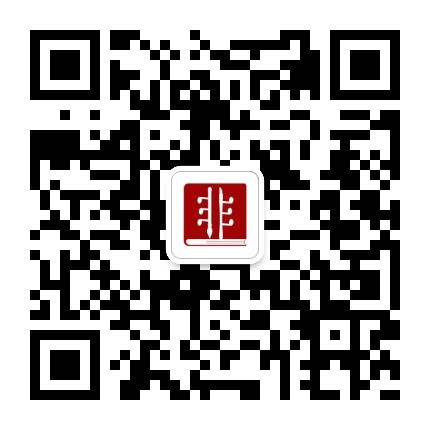【亚洲·泰国】可巴雅 Kebaya(2024年)
2025-10-14 10:26
2024年,泰国与文莱、印度尼西亚、马来西亚和新加坡联合申报的"可巴雅"项目也成功入选非遗名录。可巴雅是一种盛行于东南亚地区的传统女性服饰,其知识、技能、传统和实践得到了联合国的认可。
可巴雅(Kebaya)是印度尼西亚的传统女性服饰,2024年由印尼、文莱、新加坡、马来西亚、泰国五国联合申报被列入联合国教科文组织人类非物质文化遗产代表作名录。基本形制为合身上衣搭配宽松长裙,前襟用纽扣、别针或胸针固定,材质包括天鹅绒、棉布、薄纱及蕾丝。中爪哇地区的黑色长袖款式多采用丝绸或天鹅绒,搭配肯绷束胸布与丝达锦腰带。
该服饰起源于17世纪,最初为上层社会女性专属,后逐渐普及为日常服饰。20世纪70至80年代流行雪纺面料配花卉图案的纯色款式,白色为主流色调。华裔女性穿着的可芭雅多在袖口、衣缘处饰以花卉、禽鸟或几何纹样的刺绣。巽他族群的款式通过精致刺绣凸显文化特色。现广泛用于婚礼、节庆及社交活动,在东南亚多国被视为女性文化身份的重要符号。
The Kebaya is an Indonesian traditional women's attire, jointly nominated by five countries—Indonesia, Brunei, Singapore, Malaysia, and Thailand—and inscribed on the UNESCO Representative List of the Intangible Cultural Heritage of Humanity in 2024. Its basic design consists of a fitted top paired with a loose, long skirt, fastened at the front with buttons, brooches, or pins. The fabric includes velvet, cotton, tulle, and lace. The long-sleeved black style in Central Java is often made of silk or velvet, paired with a kenbeng corset and a sida ribbon sash.
This attire originated in the 17th century, initially reserved for women of the upper class before gradually becoming a common daily wear. From the 1970s to the 1980s, it became popular in solid styles featuring floral patterns on chiffon fabric, with white being the dominant color. The kebaya worn by ethnic Chinese women often adorned with floral, avian, or geometric embroidery at the cuffs and hems. The styles of the Sunda ethnic group highlighted cultural characteristics through exquisite embroidery. Today, it is widely used for weddings, festivals, and social events, serving as an important symbol of women's cultural identity in many Southeast Asian countries.

